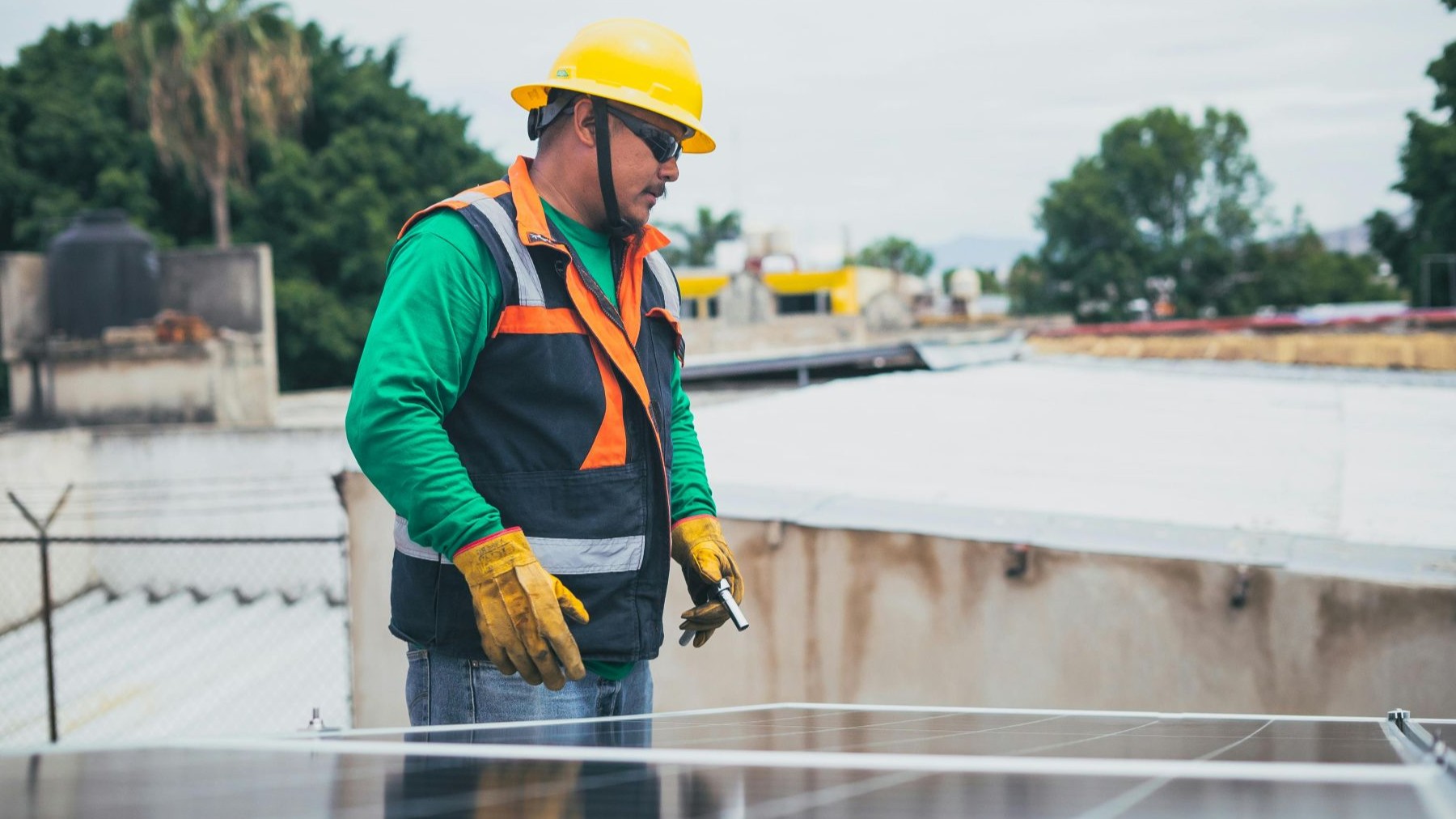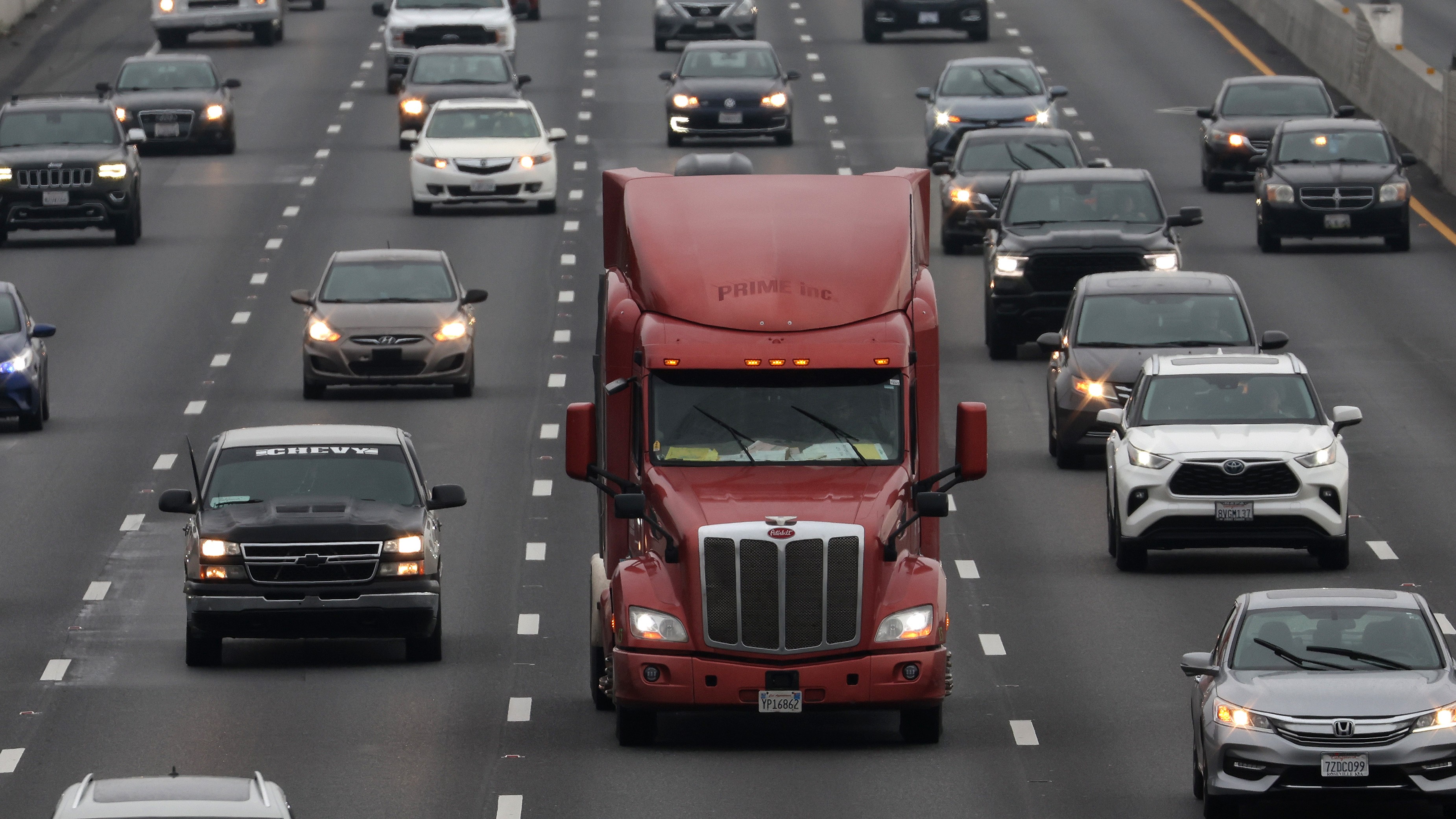Author’s Note: This blog was updated on May 22, 2025, to reflect House passage and text changes in the final bill. The bill has yet to be passed by the Senate.
After weeks of working behind closed doors, House Republicans have passed their disastrous tax bill. This extreme bill not only makes devastating cuts to Medicaid and food assistance, but also guts clean energy, climate, and environmental justice programs that are reducing costs, creating jobs, and improving public health across the country.
Let’s not mince words: Republicans are trying to raise your energy bills and destroy thousands of American jobs—simply to pad the pockets of billionaires, fossil fuel executives, and their top corporate backers with massive tax cuts.
We’ve compiled our policy analysis of the Republicans’ Energy and Commerce (E&C) Committee bill text, Ways and Means (W&M) Committee bill text, and the manager’s amendment below to explain how these sweeping cuts will harm your pocketbooks, health, and planet.
Navigate To A Section
- Background
- Toplines
- Policy Analysis for Ways and Means
- Policy Analysis for Energy and Commerce
- Conclusion
Background
First, some context: Back in 2022, Congress passed transformational clean energy investments as part of the Inflation Reduction Act (IRA). These investments were strategically designed to make energy bills more affordable, revitalize American manufacturing, and create millions of good jobs for working Americans, while cutting pollution. But House Republicans are now unleashing a full-scale attack on these historic investments, even though the lion’s share of the benefits from these investments flow to GOP districts. They’re targeting critical programs like clean energy tax credits, advanced manufacturing tax credits, Environmental Justice Block Grants, and the Greenhouse Gas Reduction Fund (GGRF).
Simply put, these bills are an affront to American communities struggling with a cost-of-living crisis, working people trying to support their families, and those living in sacrifice zones with polluted air and water. Let’s take a closer look at the devastating cuts that Republicans just passed in the House.
Toplines
Ways and Means
The House W&M Committee covers the tax-writing elements of the reconciliation bill, meaning this part of the bill text includes major cuts to the federal energy tax credits that are already delivering enormous benefits, particularly in Republican districts. These benefits include affordable clean energy and historic climate pollution reductions. Here’s what the GOP passed.
- Republicans are gutting or outright repealing tax credits for clean energy, clean vehicles, home efficiency, and clean manufacturing. The W&M Committee text would effectively repeal IRA tax incentives—raising Americans’ energy costs, killing jobs, and freezing new investments, especially in domestic manufacturing. House Republicans are using a sledgehammer and pretending it is a scalpel.
- Under the W&M bill, many credits are eliminated by the end of 2025. Others have unworkable “placed in service” provisions or overly complex and burdensome “foreign entity of concern” requirements that make them largely unusable.



